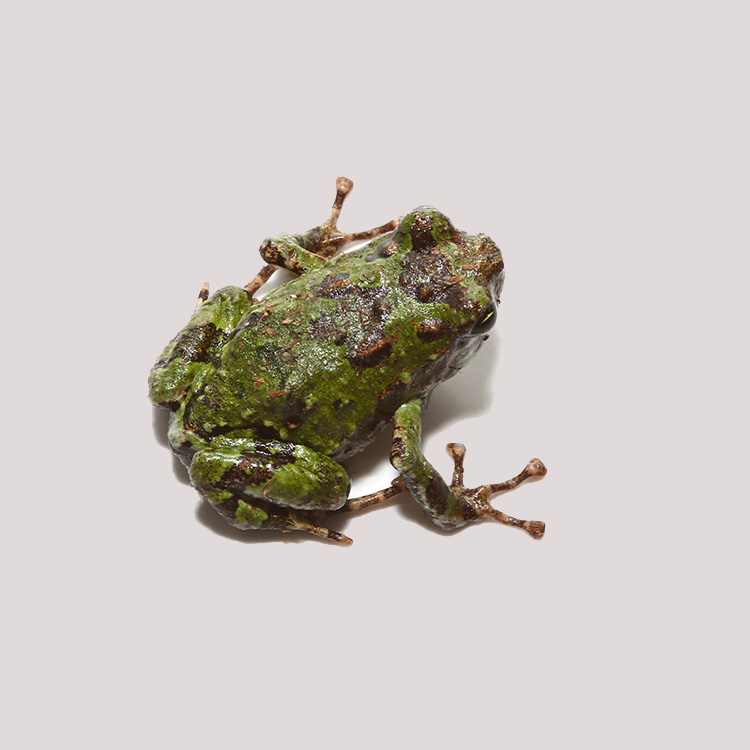The Very Best Reptile Enclosures: How to Create the Perfect Environment
Creating the ideal habitat for reptiles is not practically positioning them in a storage tank or enclosure; it entails a thoughtful consideration of various aspects that contribute to their general well-being. From the dimension of the enclosure to the sort of substratum made use of, every component plays a vital function in providing a setting where your reptile can prosper. By comprehending the details demands of your reptile types and applying the right habitat setup, you can guarantee their wellness and happiness in captivity.
Choosing the Right Enclosure Dimension
When selecting an unit dimension for reptiles, it is crucial to consider their all-natural habits and room demands to guarantee their wellness and health and wellness. Different reptile species have varying requirements when it involves habitat area. Arboreal varieties like chameleons or tree snakes call for upright area for setting down and climbing up, while terrestrial types such as bearded dragons or leopard geckos need more flooring space for discovering and thermoregulation. Water turtles like red-eared sliders demand rooms with both water and land locations for swimming and basking.
A general guideline of thumb is to provide ample room for the reptile to display natural habits, such as basking, hiding, climbing, and foraging. rain frog for sale. Inadequate area can bring about stress and anxiety, behavior problems, and also physical health issue. Units must likewise enable the positioning of appropriate heating and illumination aspects, as well as environmental enrichment products like rocks, hides, and branches. By carefully thinking about the particular demands of the reptile species in inquiry, owners can create an appropriate and improving habitat that promotes total well-being and urges natural behaviors.
Establishing Proper Burner
To make certain the wellness and health and wellness of reptiles in their units, it is vital to meticulously establish up appropriate burner. Reptiles are ectothermic animals, meaning they count on external heat resources to regulate their body temperature level. When establishing up burner in a reptile enclosure, it is essential to consider the particular temperature demands of the species you are caring for. Different reptiles have differing temperature needs based on their natural environment, so it is essential to research and recognize these requirements.
One efficient and common heating element for reptile rooms is a warmth lamp or ceramic heat emitter. These heat resources can be used to create a temperature level gradient within the enclosure, enabling reptiles to move in between warmer and cooler locations as needed. Additionally, under-tank hot pad or warm mats can be utilized to give stomach warmth, which is especially helpful for reptiles that call for added heat to aid in food digestion.
Checking the temperature level within the room using a thermometer is crucial to guarantee that the burner are maintaining the ideal temperature range for your reptile. Regularly examine and adjust the burner as required to develop a healthy and balanced and comfy setting for your scaly close friend.
Choosing Appropriate Lights Fixtures

Offering the Suitable Substratum
Picking the proper substratum is necessary for creating a comfy and ideal atmosphere for reptiles in their enclosures. Some reptiles, such as Our site desert-dwelling species like bearded dragons, grow on substrates like calcium sand or reptile rug, while others, like round pythons, favor coconut husk or aspen bed linen to keep moisture degrees.
In addition, the dimension of the reptile should also influence your option of substratum, as hatchlings may call for a better product to prevent intake. Prevent substrates that can trigger impaction, such as loosened substratums like sand or gravel, specifically for look at here now reptiles understood to consume their bed linen. Regularly cleansing and changing the substrate is important to ensure a clean and hygienic setting for your reptile. By picking the suitable substrate, you can contribute to the total health and wellness and wellness of your flaky friend.
Designing for Enrichment and Comfort
Considering the substratum's role in providing a foundation for natural habits and maintaining an appropriate atmosphere, boosting the reptile enclosure with appropriate decorations is vital for both enrichment and comfort. When decorating the unit, it is essential to consider the reptile's species-specific requirements and actions to create an area that promotes physical and psychological health. By incorporating a selection of decors that imitate the reptile's natural environment, proprietors can guarantee their family pet's comfort and stimulate their natural instincts, eventually leading to a happier and much healthier reptile.
Verdict

Creating the perfect habitat for reptiles is not simply concerning placing them in a tank or room; it involves a thoughtful consideration of numerous factors that add to their overall health.Selecting the proper substratum is important for producing a suitable and comfortable setting for reptiles in their enclosures. Some reptiles, such as desert-dwelling species like bearded dragons, flourish on substratums like calcium sand or reptile carpeting, while others, like round pythons, favor coconut husk or aspen bed linens to maintain moisture levels.
By incorporating a range of decors that resemble the reptile's natural environment, proprietors can guarantee their pet's convenience and stimulate their all-natural instincts, ultimately leading to a happier and healthier reptile.
In final thought, producing the optimal environment for reptiles includes picking the suitable unit size, home heating elements, lighting fixtures, substrate, and decors.